Artist Tauba Auerbach's debut London show at the ICA brings mathematics down to earth
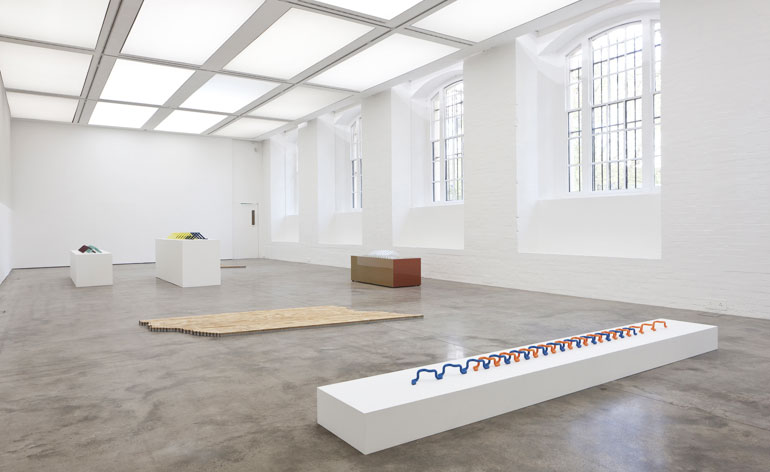
Did the artist Tauba Auerbach know that her exhibition at London's ICA would launch on a palindromic day, at the centre of a palindromic week? On 4-16-14, as per the style used in her New York home, the ICA's Lower Gallery will unveil 'The New Ambidextrous Universe', a show preoccupied with symmetry, and based on an eponymous scientific text that explores mirror images and left/right parity.
Everything about Auerbach's first solo exhibition in the UK feels fittingly balanced, from the building's classical façade to the gallery interior, with its wall of repetitive louvres. There are just seven pieces here - all new works - but there might as well be double that number, given that they should be viewed from both sides to be fully appreciated. Accordingly, the artist has given them ample space to breathe.
Auerbach's approach is precise, rigorous and mathematical, even if the results appear to have an organic quality. That is part of their genius, perhaps. For instance, her studies of 'chirality' - when an object is not identical to its mirror image - inspired a trio of sculptures featuring interlocking forms in powder coated-steel.
Their shape is governed by knit stitches and hook-and-eye dress closures, and they're executed in complementary colours (blue and orange; indigo and yellow; rust and turquoise), not unlike Auerbach's 2011 jewellery collection for the fashion brand Ohne Titel. 'She based them on the twists of asymmetrical helix forms,' explains ICA head of programmes and curator Katharine Stout, 'but they are also about the everyday.'
Symmetry and asymmetry are concepts that have enthralled artists and writers back to Immanuel Kant and Lewis Carroll, so it's no wonder you can go down something of a rabbit hole trying to understand the topology of each piece. Auerbach's most recent work is a three-sided glass spiral that unwinds across a metal plinth painted with an iridescent 'chameleon' paint, which takes on a lustre ombré effect in the light from the symmetrical bank of south-facing windows.
The show's centrepiece is one of two plywood and aluminium floor sculptures, water jet-cut in rippling slats to resemble a still pond disturbed by a stone. Entitled 'The New Ambidextrous Universe III', it arrived at the gallery, says Stout, in a rectangular formation. But Auerbach proceeded to remove slats from either side with either hand and exchange them, in a pattern of her own mathematical devising, so that the opposite ends are 'chiral' - slightly asymmetrical mirror images of each other. It was an ambidextrous act that moved her 3D object into a fourth dimension, through the looking glass.
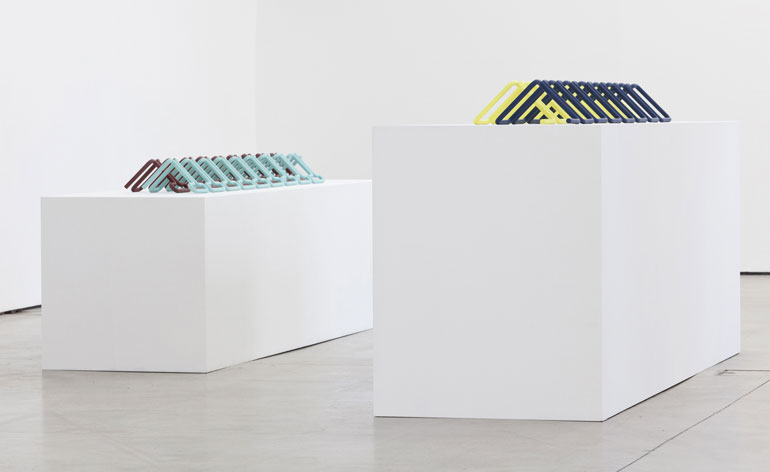
Auerbach's studies of 'chirality' – when an object is not identical to its mirror image – led her to these sculptures featuring interlocking forms in powder coated-steel. Courtesy of the artist and Standard (Oslo), Oslo.
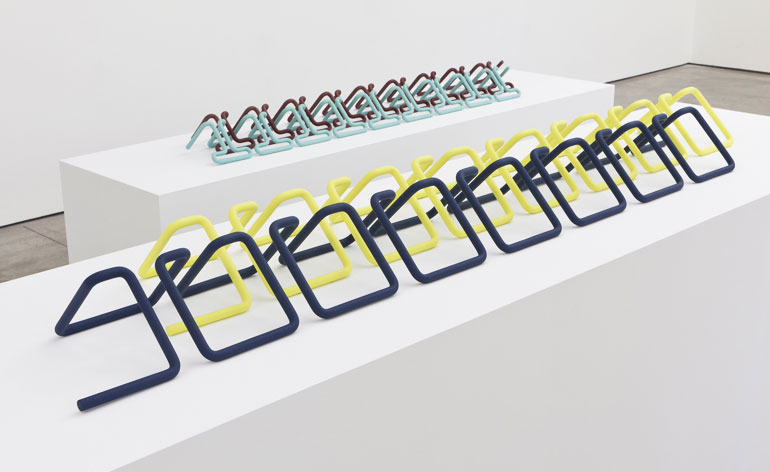
The shape of the sculptures is governed by knit stitches and hook-and-eye dress closures and executed in complementary colours. Pictured are 'Knit Stitch' (foreground) and 'Latch', 2014. Courtesy of the artist and Standard (Oslo), Oslo.
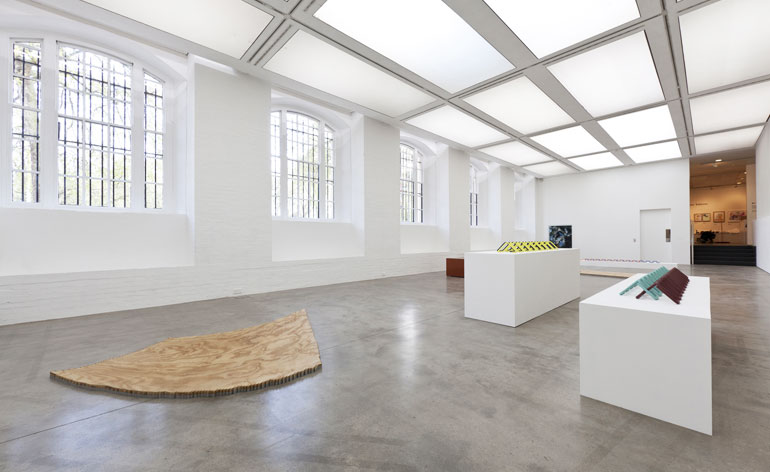
Auerbach's approach is precise, rigorous and mathematical, even if the results appear to take on their own organic life.
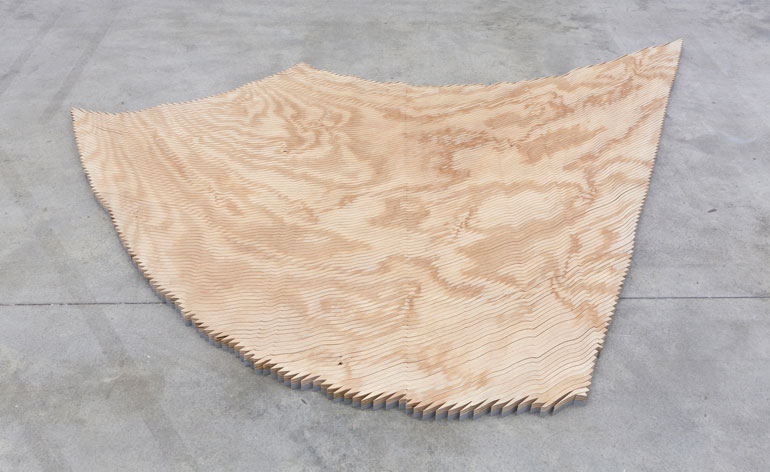
'The New Ambidextrous Universe IV', 2014, is one of two plywood and aluminium floor sculptures, water jet-cut in rippling slats to resemble a still pond disturbed by a stone.
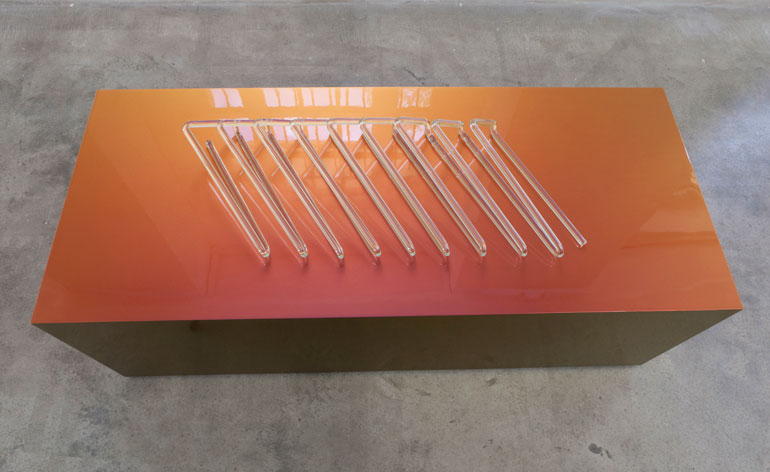
S Helix', 2014, is a three-sided glass spiral that unwinds across a metal plinth painted with an iridescent 'chameleon' paint, and Auerbach's most recent piece. Courtesy of the artist and Paula Cooper Gallery, New York.
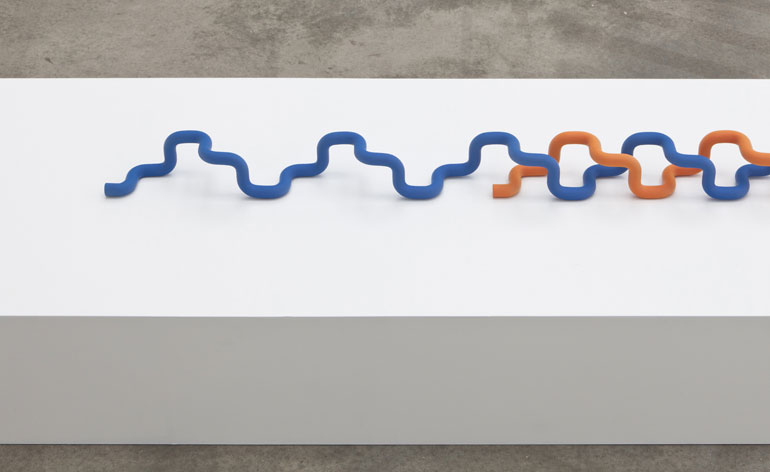
'Square Helix (Z)', 2014. Courtesy of the artist and Standard (Oslo), Oslo.
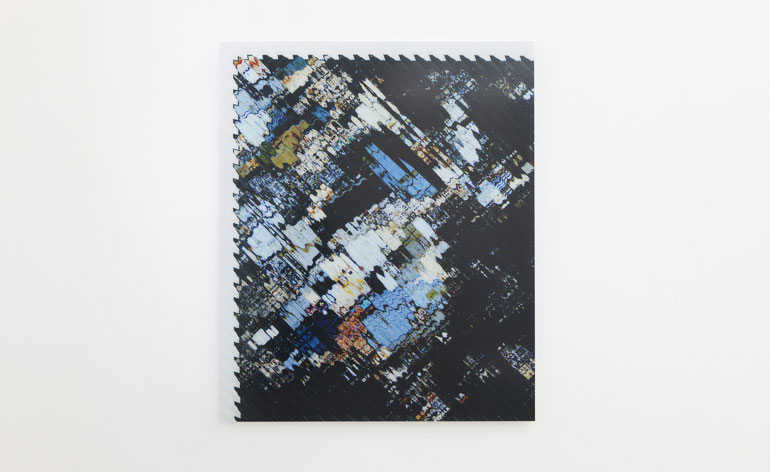
'Prism Scan II (Cross Polarized Mesosiderite)', 2014. Courtesy of the artist and Standard (Oslo), Oslo.
ADDRESS
Institute of Contemporary Arts
The Mall
London SW1Y 5AH
Receive our daily digest of inspiration, escapism and design stories from around the world direct to your inbox.
Based in London, Ellen Himelfarb travels widely for her reports on architecture and design. Her words appear in The Times, The Telegraph, The World of Interiors, and The Globe and Mail in her native Canada. She has worked with Wallpaper* since 2006.
-
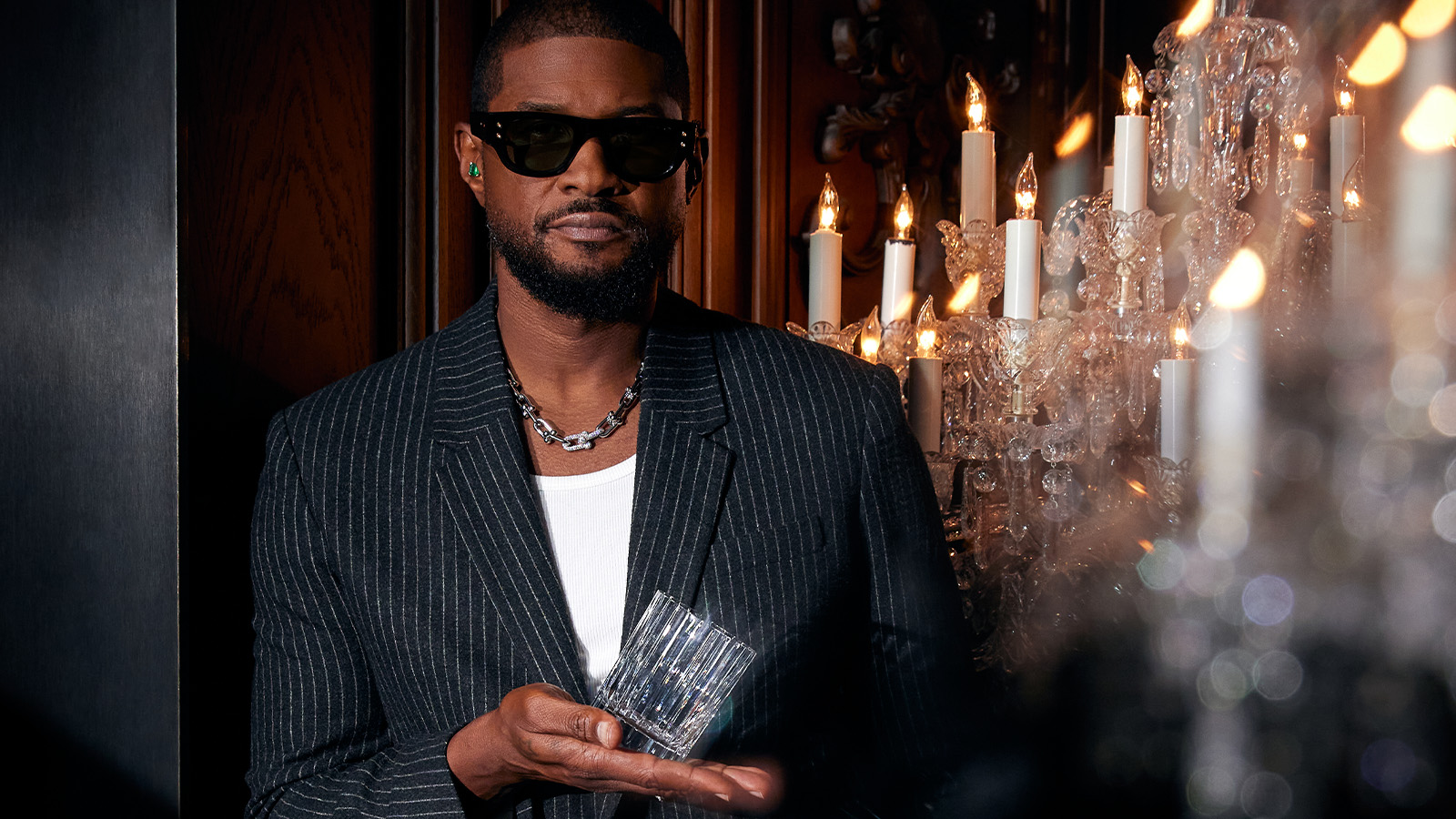 Usher opens up about breakfast playlists, banana pudding and why a glass tumbler is always on his rider
Usher opens up about breakfast playlists, banana pudding and why a glass tumbler is always on his riderOn the heels of a collaboration with Baccarat, the Grammy-winning singer-songwriter breaks down his entertaining tips. 'Hosting is an expression of how you feel about your guests and also who you are.'
-
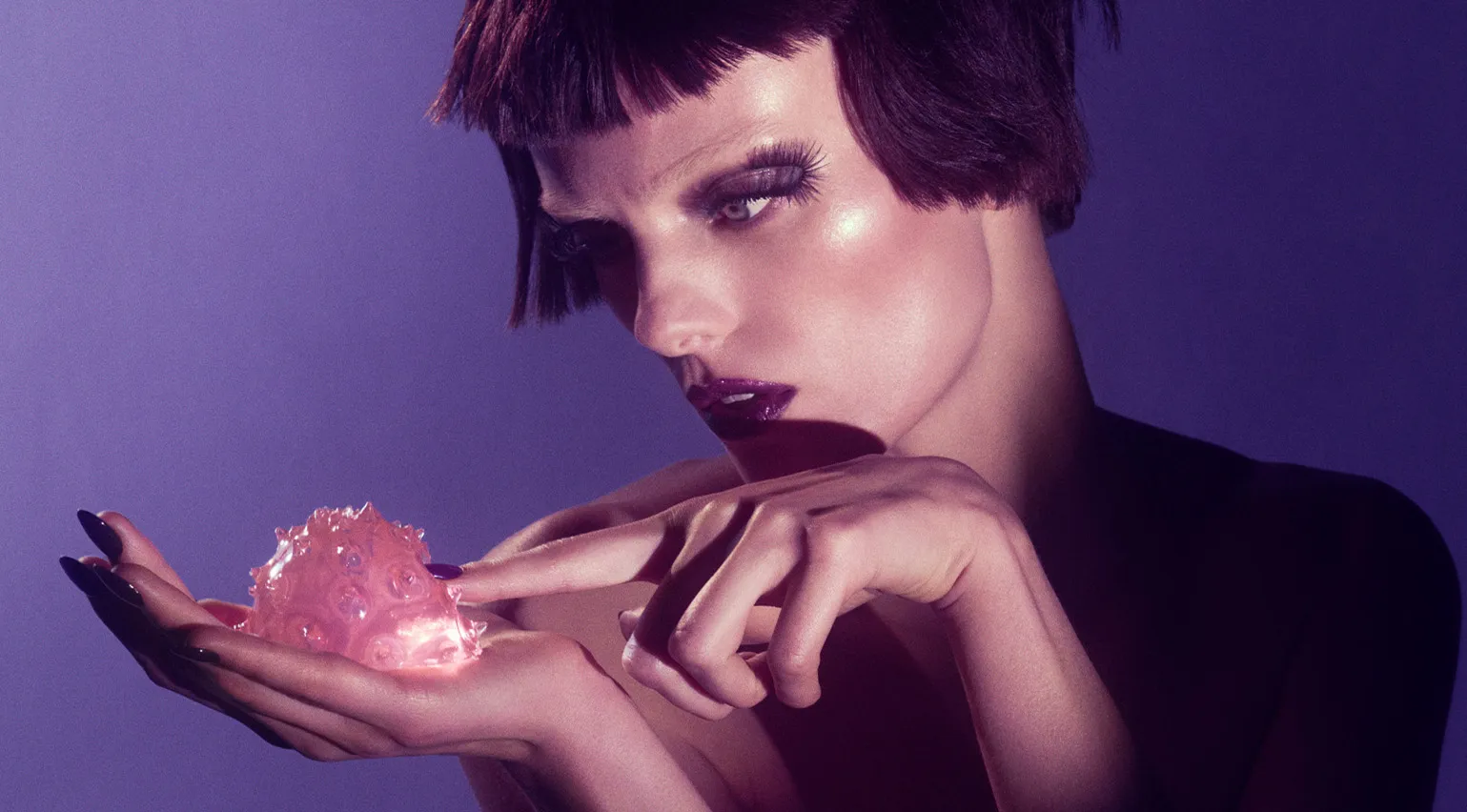 The beauty trends that will define 2026, from ultra-niche fragrances to anti-ageing dental care
The beauty trends that will define 2026, from ultra-niche fragrances to anti-ageing dental careAs we enter the new year, we speak to experts in fragrance, skincare, aesthetics, wellness and more about the trends that will be shaping the way we look
-
 The most stylish hotel debuts of 2025
The most stylish hotel debuts of 2025A Wallpaper* edit of this year’s defining hotel openings. Design-led stays to shape your next escape
-
 From Oslo with love: Erling Kagge’s art collection goes on show
From Oslo with love: Erling Kagge’s art collection goes on show -
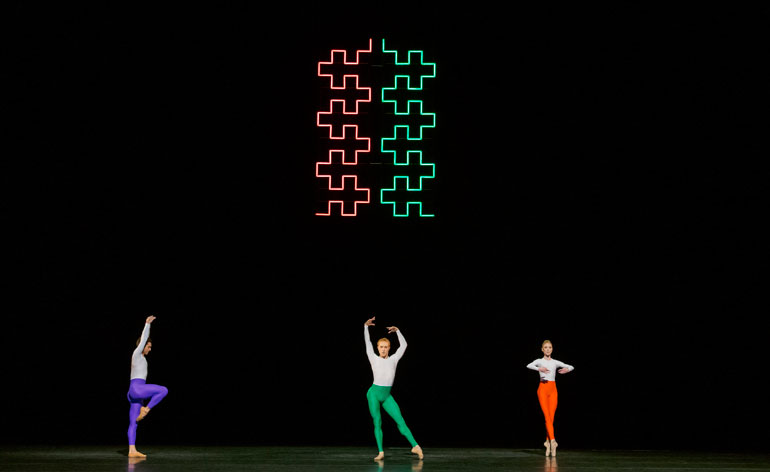 Artist Tauba Auerbach illuminates Wayne McGregor’s new ballet at the Royal Opera House in London
Artist Tauba Auerbach illuminates Wayne McGregor’s new ballet at the Royal Opera House in London -
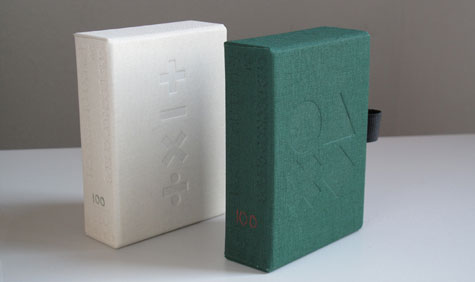 One Deck of Cards, Tauba Auerbach
One Deck of Cards, Tauba Auerbach